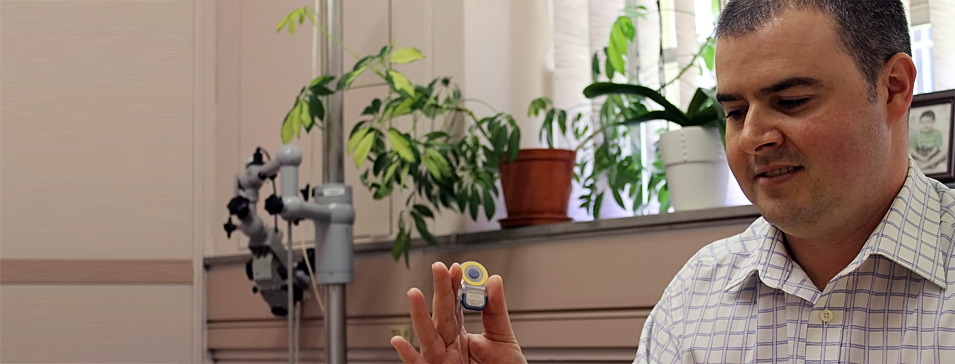
“I was scared at first. I could not remember the sound of my own voice. Being Deaf -it was like living on another planet.”
These are the words of the 18-year-old Andile (Godfrey) Jantjies after he heard sounds and words for the first time in almost 12 months.
Andile, a former pupil at the Albert Moroka School in Thaba Nchu, was the recipient of a cochlear implantation under the Bloemfontein Cochlear Implant Programme (BCIP) run by the Department of Otorhinolaryngology at the University of the Free State.
Andile lost his hearing after contracting bacterial meningitis in June 2013. This resulted in bilateral profound deafness and despite his good academic record, his school refused to have him enrolled for 2014.
The cochlear implant was inserted in October 2013 and was switched on for the first time on Thursday 23 January 2014.
“I want to go back immediately,” Andile said excitedly after gradually becoming comfortable with hearing his own and other voices.
Dr Iain Butler from the Department of Otorhinolaryngology says cases like Andile’s are a medical emergencies due to the fact that meningitis causes the inner ear to become replaced by bone.
“This can occur after as little as four months after the infection and means that the insertion of a cochlear implant becomes impossible.
A cochlear implant system costs approximately R220 000.
It converts sounds/speech into electrical signals that directly stimulate the auditory nerve, bypassing the damaged inner ear. It is indicated for babies with congenital hearing loss, as well as acquired hearing loss in children or adults. It requires intensive rehabilitation in order to learn to hear again, and most recipients develop very good hearing. Andile now has the opportunity to hear again, continue his schooling and become an economically independent member of society, rather than being dependent on others.